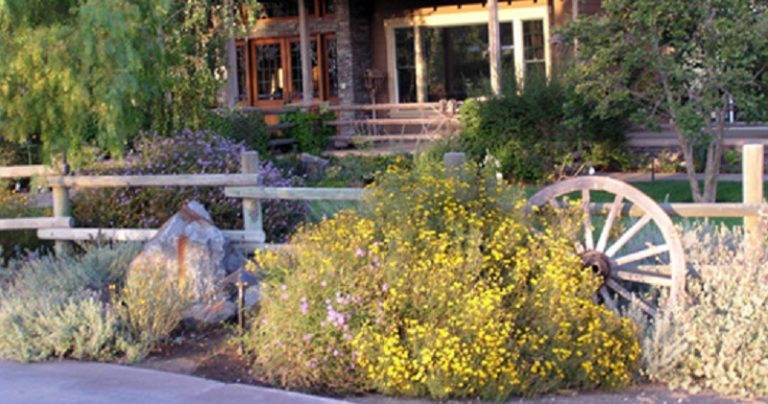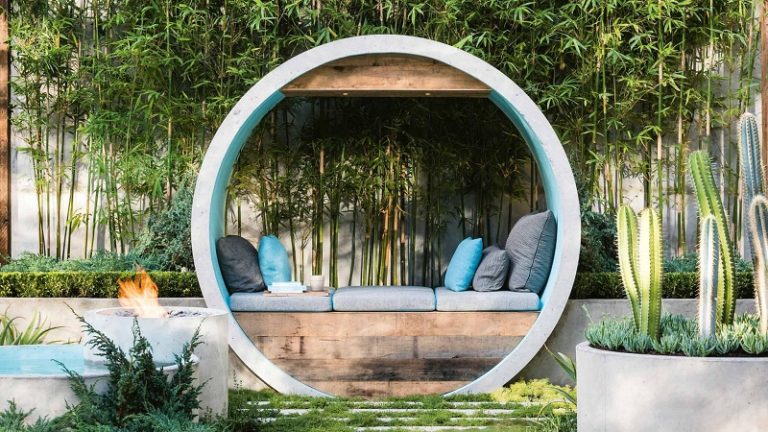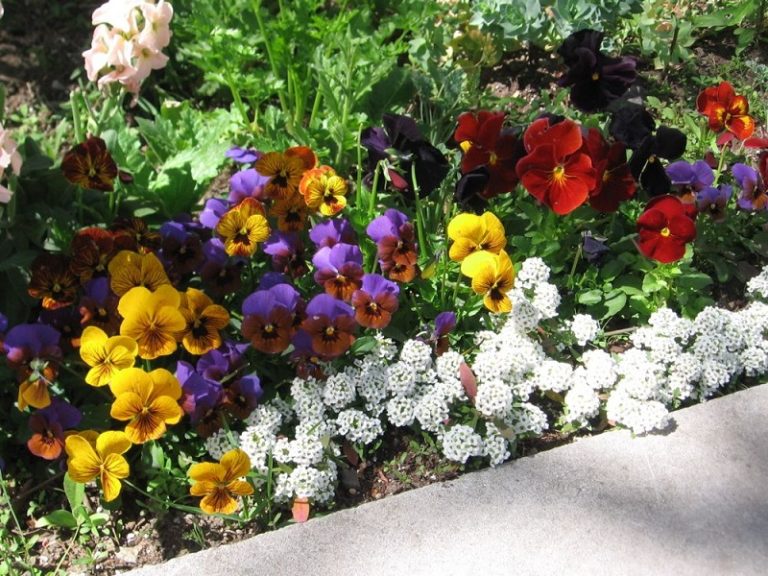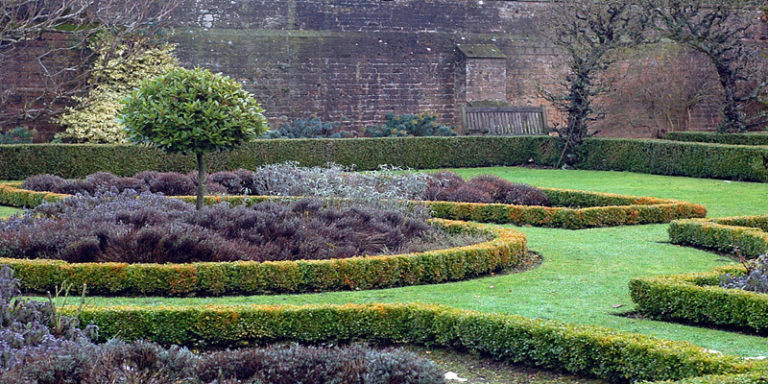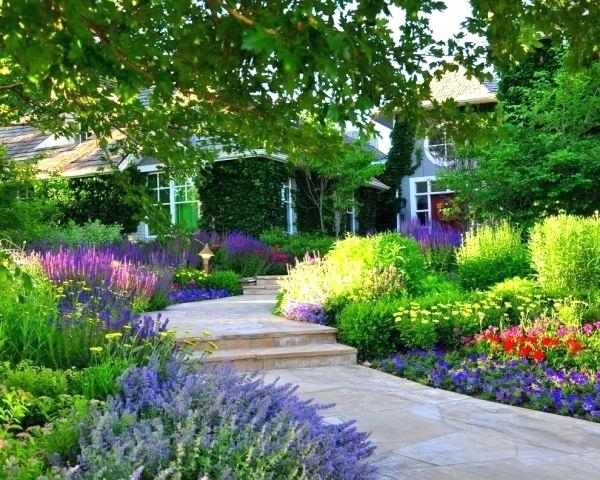Where is the best place for plants on the site
When choosing plants for the garden, you must take into account not only the type of soil and lighting requirements, but also the microclimate of the site. The microclimate depends on the location of buildings on the site, their design and heating, as well as on the placement of existing plants.
In order for the plants on your site to grow well and require a minimum of care, it is important to choose the right place for planting them. Here you need to take into account not only the type of soil and the technology of planting or fertilizing, but also many small but very important nuances: air humidity, relief, soil moisture, brightness of light or its absence, drafts …
What to consider when choosing a place for planting plants
1. Where to plant perennials
The best place to plant perennials is the place where fallen leaves accumulate. Why? Firstly, a “fur coat” of fallen leaves provides additional insulation. Under a thick layer of leaves, the ground practically does not freeze. This means that the roots and lower leaves of perennials will overwinter well. Therefore, do not rush to remove all fallen leaves in the fall. Secondly, leaf humus enriches the soil with nutrients. This is “liked” not only by plants, but also by earthworms, which actively dig the ground in these areas, improving its structure and increasing air and moisture permeability.
2. What to plant on the West side along the buildings
The west side of the buildings is the best place to plant seedlings of trees and shrubs. Why not the south? The fact is that in winter on the south side of the site there are maximum temperature changes. Thus, on sunny days, the shoots can get sunburn, and at night, when the temperature drops sharply, the plant runs the risk of freezing. In addition, due to the sun’s rays, snow in such areas melts quickly. This means that the ground in the place will not be sufficiently covered with a warm snow “fur coat”. Also, if you haven’t taken care of good soil drainage, moisture can stagnate around the roots.
Thus, the minimum temperature difference and maximum protection against frost and wind can be achieved by planting plants along the western wall of buildings. In addition, in summer, the western walls of buildings warm up much more than the southern ones. Therefore, it is worth planting heat-loving plants along the western walls of sheds, garages and houses. For example, roses. There, they will feel good both in winter and in summer.
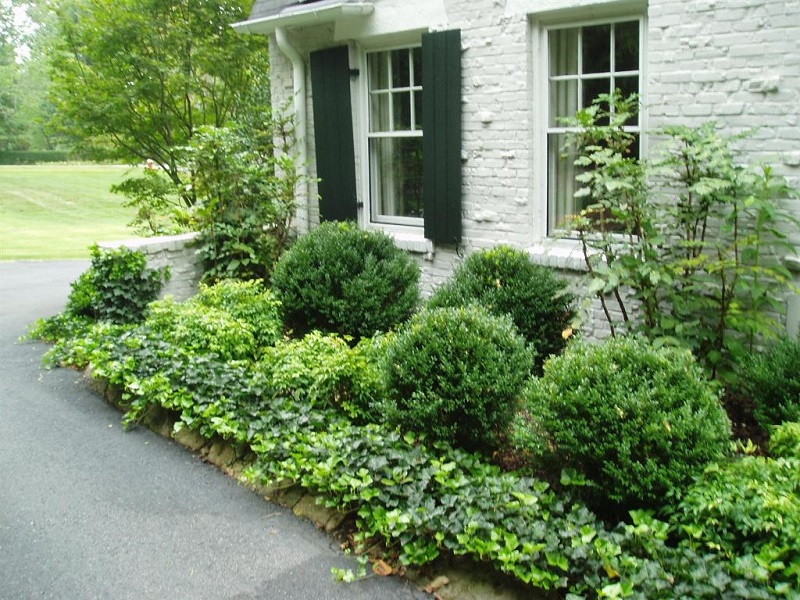
3. North side – for frost-resistant perennials
Areas with the smallest fluctuations in air temperature during the day are located along the north side of buildings. There, due to the lack of sunlight, the snow practically does not melt, so the snow cover lasts longer. In these places, you can plant frost-resistant flowers that winter well under a thick layer of snow.
4. The east side is insidious for plants
When choosing a place for plants in your garden, keep in mind that the eastern side of the site is dangerous with sudden changes in temperature. The rising sun sharply heats the surface of the earth in the morning, and in the evening it cools down again. Moreover, due to insufficient warming up in the afternoon, it is much colder at night on the eastern side of the site than on the west or south. But in warm regions, where the climate is milder, without sharp contrasts, and snow almost never falls in winter, planting on the eastern side of the site, on the contrary, will save delicate plants from morning frosts.
5. Places near trees and water runoff from the roof – for moisture-loving plants
If you plan to plant a plant in the garden that requires constant moist soil, then plant it near drains from the roofs of buildings and near the edge of wide crowns of trees and large bushes. It should be borne in mind that in the trunk circles of trees, the ground is usually dry, so only drought-resistant shrubs and herbaceous plants should be planted there. And the highest concentration of moisture is where the branches of the tree end.
It should be noted that plants with a spiral crown and xerophyte plants (Cossack juniper, yucca, etc.) are exactly the opposite. From their crown, moisture flows straight down and is concentrated in the trunk circles.
6. North side of buildings – for evergreens
Evergreen trees and shrubs, as a rule, are unpretentious and do not require special care. But in winter and early spring, they need protection from the bright sun. To provide such plants with shade, it is advisable to plant them near the northern wall of the house or other buildings, or cover them from the spring sun.
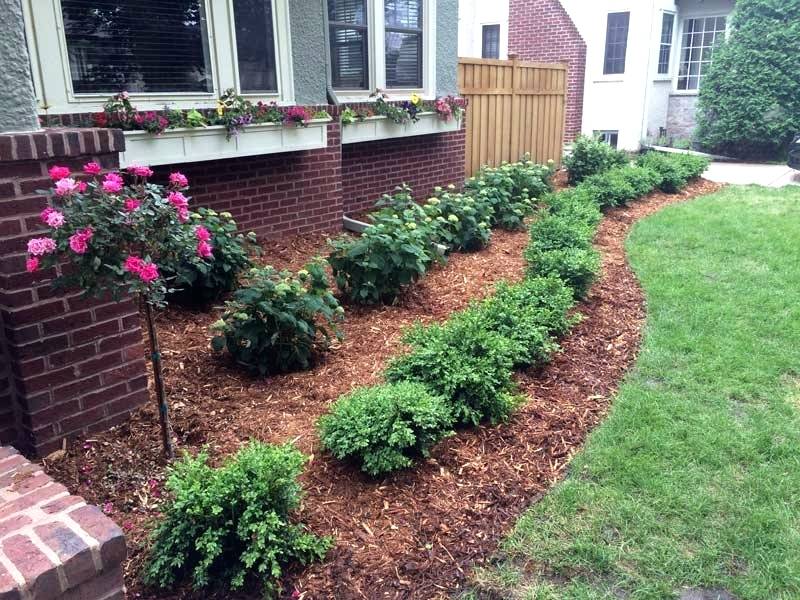
7. Places where the area is heated
When planting plants, you also need to take into account those places on the site that may have a warmer microclimate due to the release of warm air. This can be the place where gas boiler exhausts occur or there is a basement ventilation outlet. There, the air temperature is usually several degrees higher. And in areas where sewerage is laid, it is even warmer. Therefore, heat-loving plants will feel comfortable here. But plants should not be planted too close to the walls of unheated outbuildings. The ground near them freezes more, especially if you place the plants on the north side.


